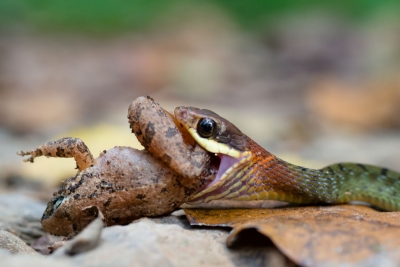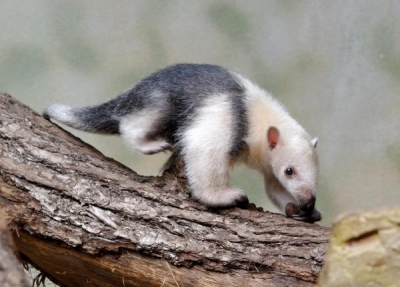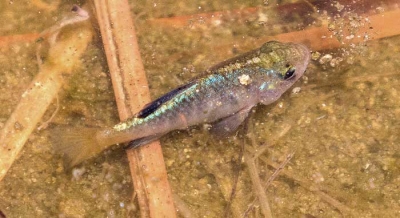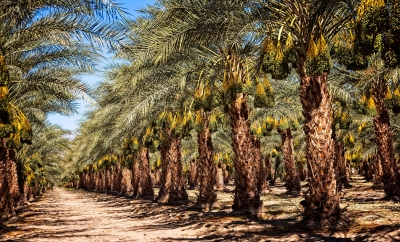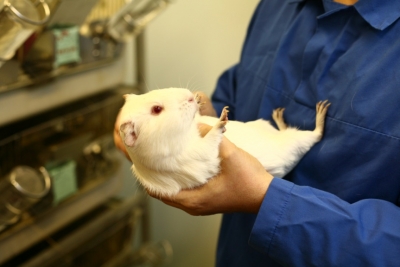
To establish how effective a drug is it must be tested carefully and accurately and its effect on a living organism meticulously studied and noted. This is the task 0- pharmacology, a science -which has made tremendous advances in less than a century.
The work of pharmacologists is often related to biochemistry, since they study the effects of foreign substances on cells or chemical systems of the body; and to psychiatry, for they also study the effects of drugs on the brain and behaviour.
The most significant stage in the discovery of a new drug is when the active substance that has curative properties is isolated. These substances are then checked for the effect they have on living tissues. This could be dangerous on a human being and even the curative properties of an) drug can prove fatal if they are administered in wrong doses.
To overcome these difficulties scientists carry out their experiments on animals such as dogs, cats, mice, guinea pigs, rabbits and monkeys. Many such animals an sacrificed daily in the laboratories of the world, although most countries have strict laws which forbid the infliction of unnecessary pain on them.
One of the most common experiments is to infect these operations that can be carried out only by skilled craftsmen who pass on their art from one generation to the next.
Not all diamonds can be cut and transformed into elegant stones, The more impure ones and fragments obtained from cutting gems are used in industry, Diamonds are extremely hard and are valuable in cutting or polishing the hardest of metallic alloys.
Another precious stone that is extremely rare and very valuable is the emerald which is a beautiful green colour. Emeralds are usually small. When one is larger than ten carats and free from impurities and faults it is much more valuable than a diamond of the same size. Much of the value of these gems depends on the way they have been cut. The usual way is to cut surfaces or facets on them so that they will refract or break up the light that passes through the stone, The effect is La produce a number of small prisms which breakup me light into the rainbow, Great skill is necessary at every stage of diamond cutting, but especially during faceting, as the angles of the facets must be exact to give the maximum amount of brilliance and to preserve symmetry of the stone.
There are the various ways in which gem stones can be cut: (1) marquise; (2) drop or pendeloque; (3) briolette; (4a) resecut, seen from above; (4b) resecut seen from the side; (5a) flat cabochon, seen from the side; (5b) double cabochon, seen from the side; (6a) brilliant cut, seen from above; (6b) brilliant seen from bottom; (6c) brilliant, side view; (7a) step cut, seen from above; (7b) step cut, seen from bottom; (7c) step cut, side view.
The upper part of the faceted gem is called the crown and the lower is called the base or pavilion.
Picture Credit : Google


